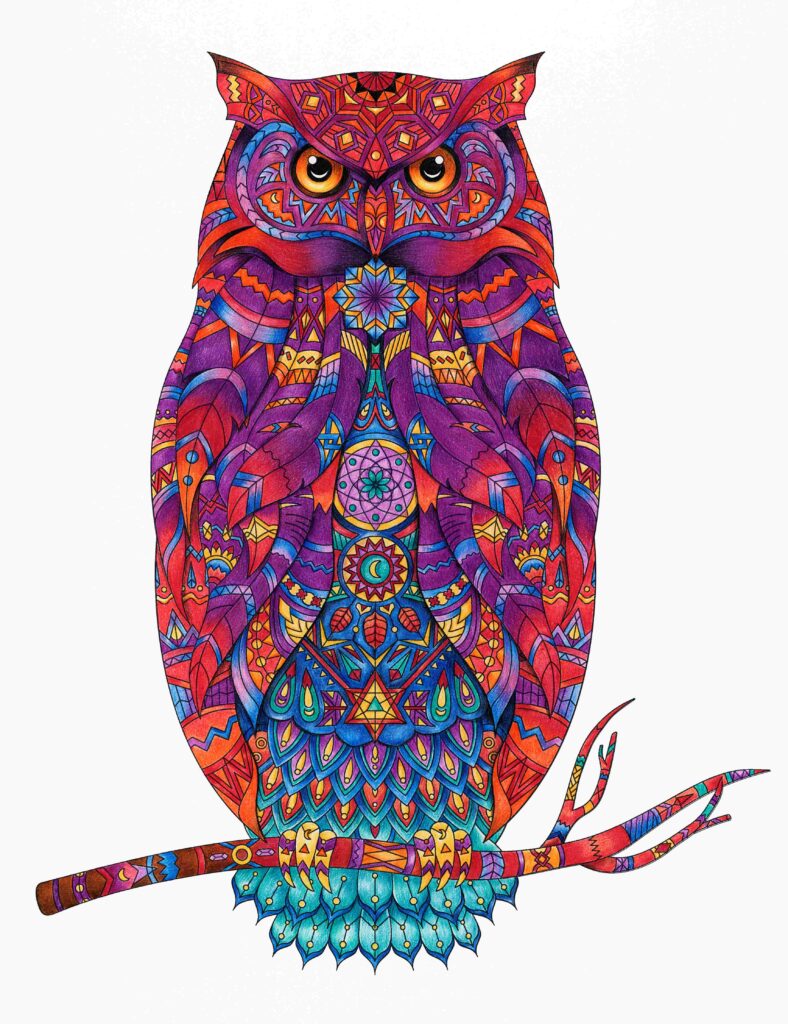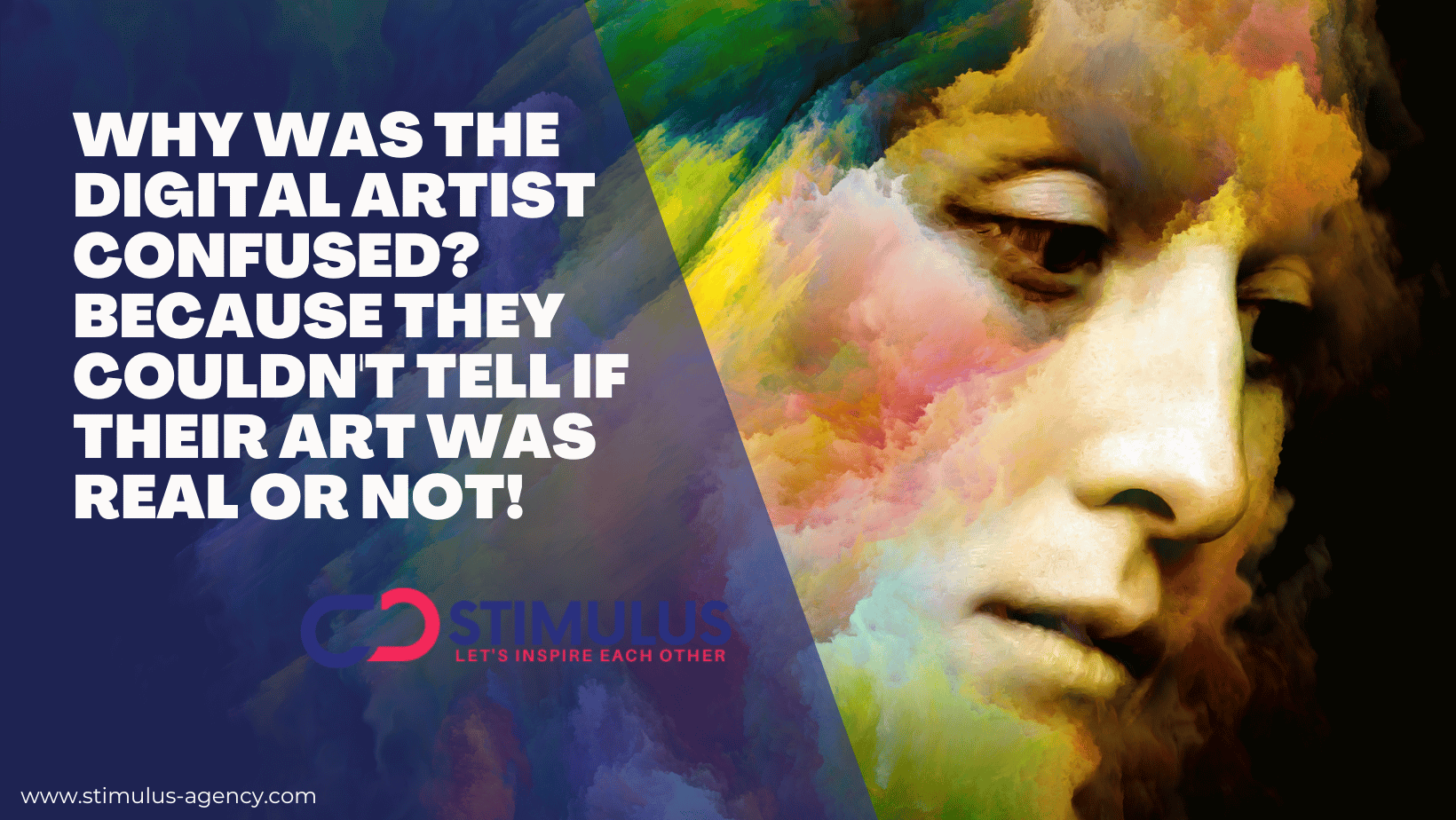Is Digital Art Real Art? Exploring the Value and Recognition of Digital Art Forms
Is Digital Art Real Art? This article explores the value and recognition of digital art forms, including how much digital real estate is worth, if digital art can be considered fine art, how much digital art sells for, and the rise of digital art websites and job opportunities in the field. As technology continues to advance, the line between traditional and digital art forms becomes increasingly blurred.
Table of Contents
How Much is Digital Real Estate Worth?
The value of digital art, or “digital real estate”, is a contentious issue. Some argue that it holds little value as it can be easily replicated and distributed. However, others argue that the value lies in the uniqueness of the piece and the skill of the artist. According to a report by Artnome, the average price of a digital art piece sold at auction was $12,744 in 2020. Additionally, the report found that the value of digital art has been increasing over the years, with the average price increasing by over 600% since 2018.
Is Digital Art Fine Art?
The debate over whether digital art is “fine art” or not is ongoing. Some argue that digital art lacks the physicality and tangibility of traditional art forms, and therefore cannot be considered “real” art. Others argue that digital art is just as valid as traditional art forms, as it requires the same level of skill and creativity. Additionally, many museums and galleries around the world have begun to include digital art in their exhibitions, furthering the argument that digital art can be considered “fine art”.

How Much Does Digital Art Sell for?
s the market for digital art continues to grow, the prices for digital art pieces have also been increasing. According to a report by Artnome, the average price for a digital art piece sold at auction in 2020 was $12,744. However, some digital art pieces have sold for much more. In March 2018, “Everydays: The First 5000 Days” by the artist known as Beeple sold for $69 million, making it the most expensive digital art piece ever sold. This sale demonstrates the potential for digital art to fetch high prices and be considered a valuable investment.
Digital Art Websites
In recent years, the rise of digital art websites has made it easier for artists to showcase and sell their work. Some popular digital art websites include SuperRare, KnownOrigin, and Rarible, which allow artists to upload and sell their digital art pieces as non-fungible tokens (NFTs). These websites have also made it easier for collectors to purchase digital art and have played a significant role in the growth of the digital art market.

Jobs with Digital Art
The rise of digital art has also led to an increase in job opportunities in the field. These include roles such as digital artist, digital art director, and digital art consultant. Additionally, many companies are now looking for digital artists to create assets for virtual and augmented reality experiences, and also for video game development.
Digital art has come a long way since its inception, and it is clear that the value and recognition of digital art forms are on the rise. While some may still argue that digital art is not “real” art, it is undeniable that digital art requires skill, creativity and it holds a value on its own. Furthermore, digital art websites and the increasing number of job opportunities in the field, demonstrate that digital art is becoming an integral part of the art industry. As technology continues to advance, it will be interesting to see how digital art continues to evolve and be valued in the future.
Credit photo : Image by liuzishan on Freepik / Image by rawpixel.com on Freepik


